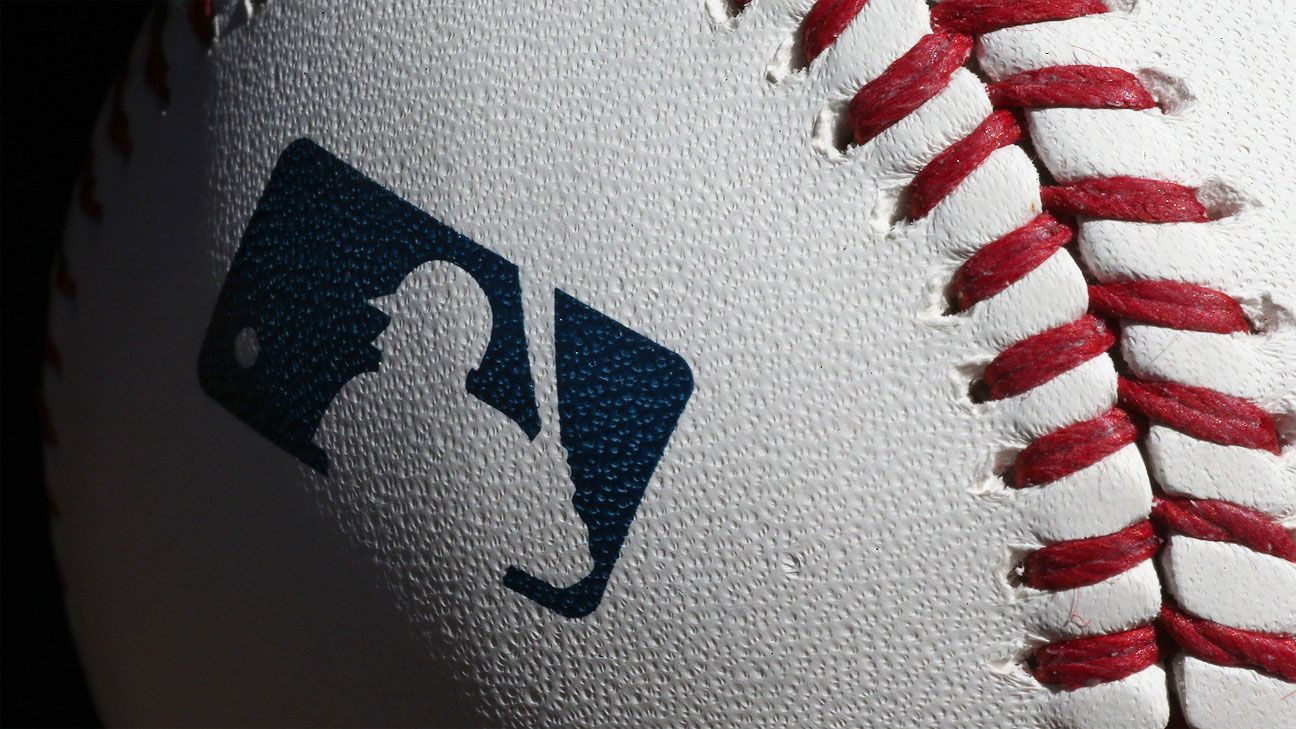Major League Baseball owners approved a proposal that commissioner Rob Manfred plans to present to players Tuesday on a return-to-play scenario that aims to have baseball back in home stadiums by early July, sources familiar with the situation told ESPN.
The meeting between MLB and the MLB Players Association on Tuesday will set the stage for what both parties expect to be a contentious negotiation. While MLB could benefit long term from being the first American team sport to return amid the coronavirus pandemic, the logistics of starting the season remain convoluted and require player support.
Money is at the heart of the return, sources said. Owners, fearful of deep financial losses with fan-free stadiums, agreed in a conference call Monday afternoon to a plan that includes a 50-50 revenue split with the players, sources told ESPN.
Because MLB is the lone uncapped team sport in the United States, never has a straight revenue split been part of the game’s finances. The MLBPA is almost certain to reject that element of the proposal and counter that a March agreement between the parties guaranteed players a prorated portion of their salaries depending on the number of games played. The ability to strike a financial deal could mean the difference between a baseball season and one that is canceled.
Concerns about the league’s handling of testing and ensuring as safe a working environment as possible will be an issue broached by players on Tuesday and in the coming days, sources told ESPN. Washington Nationals pitcher Sean Doolittle took to social media on Monday to set that table. As the sides are negotiating, the league will continue to seek approval from governmental entities and support from the medical community for a potential return.
Bear with me, but it feels like we’ve zoomed past the most important aspect of any MLB restart plan: health protections for players, families, staff, stadium workers and the workforce it would require to resume a season. Here are some things I’ll be looking for in the proposal…
— Obi-Sean Kenobi Doolittle (@whatwouldDOOdo) May 11, 2020
Among the other vital points included in the proposal:
-
An expansion of playoff teams from 10 to 14
-
An 82-game season
-
The use of home stadiums in areas that have local and state governmental approval
-
A so-called spring training 2.0 that begins in June with a season set for early July
-
A universal designated hitter
-
Geographical schedules, in which teams play only in-division opponents and interleague opponents in a similar area (i.e., American League Central teams play only AL Central and National League Central teams)
-
A 30-man roster with a taxi squad that would have upward of 50 players available
The playoff expansion, which had been floated before the coronavirus pandemic hit, would increase revenue as it shrivels in other areas. Teams estimate that upward of 40% of revenue comes from ticket sales and other gate-related income.
The season could start on Fourth of July weekend with games around the country in home stadiums. The intradivision-heavy schedule would be to limit travel — with teams possibly traveling by bus to nearby cities.
Spring training likely would not include any games, as teams could get ready for the season at their home stadiums. The 50 players available would be a mixture of major leaguers and top minor league players, with the minor league season in jeopardy.

